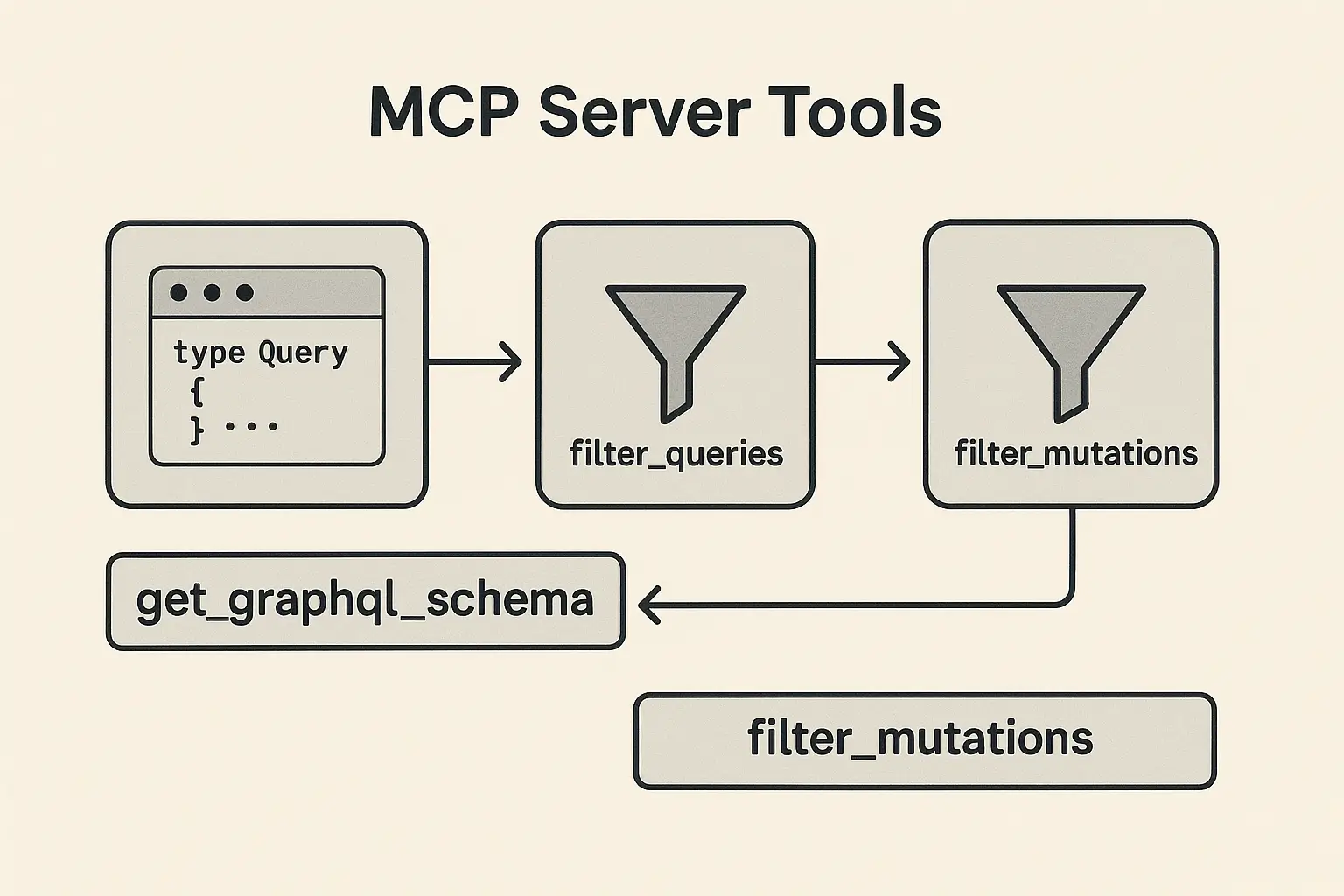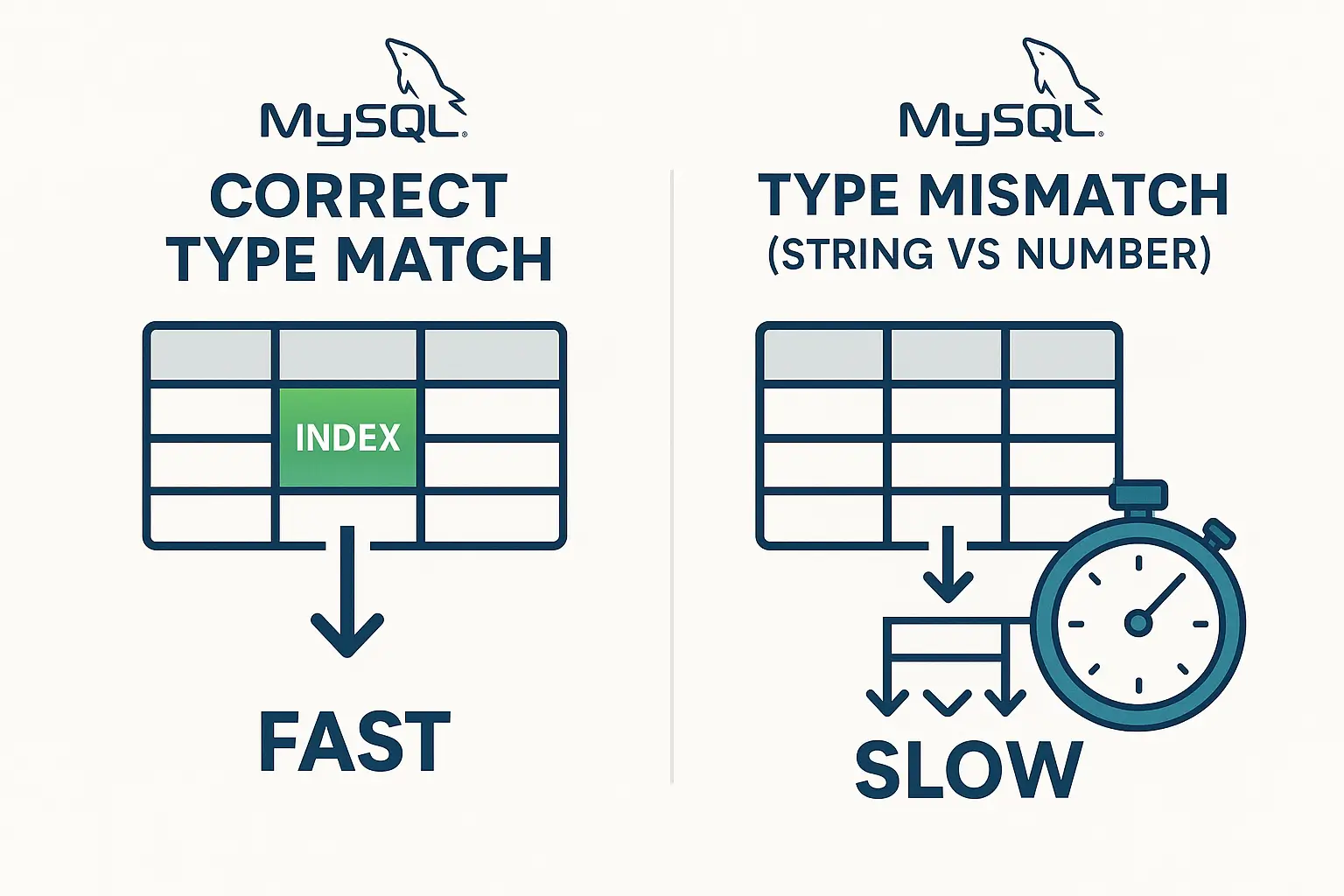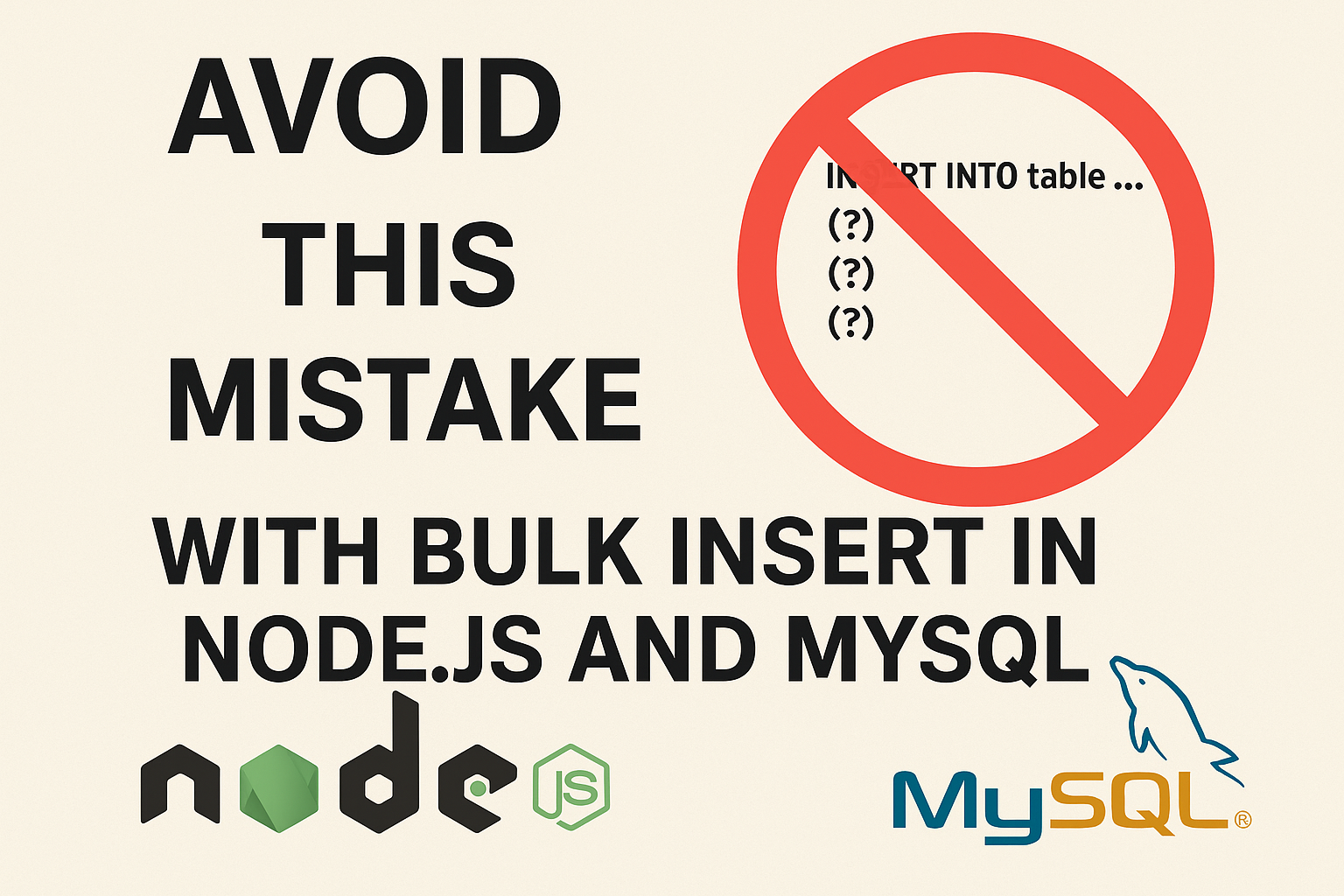Mastering Real-Time Scalability: Redis Solutions for Session Management and Load Balancing in High-Traffic Apps
Building a Load-Balanced Uber-like Application with Redis
When building an application with similar requirements to Uber, seamless session management and real-time updates are essential. Redis can significantly enhance scalability and performance, handling both HTTP session persistence and WebSocket connections across multiple servers.

Solution 1: Session Management via Redis (Redis as a Session Store)
This approach is beneficial for handling user logins, authentication states, and HTTP request data persistence across multiple server instances. Redis stores session data, ensuring that all instances can access consistent session information.

Setup Steps
- Initialize a NestJS Project
nest new uber-clone
cd uber-clone
npm install express-session connect-redis redis
- Set up Redis and Connect Redis to Session
Install and start a Redis server, then configure it within your NestJS application.
// src/main.ts
import * as session from 'express-session';
import * as connectRedis from 'connect-redis';
import { createClient } from 'redis';
const RedisStore = connectRedis(session);
const redisClient = createClient();
app.use(
session({
store: new RedisStore({ client: redisClient }),
secret: 'superSecretKey',
resave: false,
saveUninitialized: false,
}),
);
- Use the Session in Controllers
Access the session data from controllers to store user data (e.g., ride details or location).
// src/app.controller.ts
@Get('location')
getUserLocation(@Session() session: any) {
return session.userLocation;
}
@Post('location')
updateUserLocation(@Session() session: any, @Body() location: LocationDto) {
session.userLocation = location;
}
- Test the Session Persistence
Start multiple instances to test if user data is maintained across instances. Redis will ensure each instance has access to the session data, regardless of the specific server handling the request.
Advantages of Redis as a Session Store
- Reliable HTTP session persistence across servers.
- Ideal for storing authentication and user-specific data in a centralized store.
- Simple setup for RESTful applications and user-based session data.

Solution 2: Real-Time WebSocket Management via Redis Adapter
For applications like Uber with real-time updates (ride status, driver location), maintaining consistent WebSocket connections across instances is critical. The Redis adapter allows WebSocket events to be shared across instances, making it ideal for high-traffic, real-time updates.

Setup Steps
- Install Required Packages
npm install @nestjs/websockets @nestjs/platform-socket.io socket.io-redis
- Configure Redis Adapter
Use Redis as a WebSocket adapter, allowing all instances to receive and process WebSocket events in real-time.
// src/main.ts
import { IoAdapter } from '@nestjs/platform-socket.io';
import { createAdapter } from 'socket.io-redis';
const redisAdapter = createAdapter({ host: 'localhost', port: 6379 });
const app = await NestFactory.create(AppModule);
app.useWebSocketAdapter(new IoAdapter(app).use(redisAdapter));
- Implement WebSocket Events in Controllers
Create WebSocket endpoints that send updates to all clients connected to any instance.
// src/rides.gateway.ts
import { WebSocketGateway, WebSocketServer, SubscribeMessage } from '@nestjs/websockets';
@WebSocketGateway()
export class RidesGateway {
@WebSocketServer() server;
@SubscribeMessage('locationUpdate')
handleLocationUpdate(client: any, payload: any): void {
this.server.emit('locationUpdate', payload); // Broadcast update to all clients
}
}
- Test Real-Time Updates Across Multiple Instances
Run multiple instances and test if location updates (e.g., driver’s real-time location) are synced across all connected clients. Redis ensures WebSocket events are shared across instances, keeping users updated regardless of the instance handling their connection.
Advantages of Redis Adapter for WebSocket Management
- Ensures real-time updates across all client instances.
- Essential for real-time features, ensuring a unified event stream.
- Ideal for high-traffic applications that require live updates, such as ride-sharing.

Comparison of Redis Session vs. Redis Adapter
| Feature | Redis Session | Redis Adapter |
|---|---|---|
| Best For | HTTP session management, authentication | Real-time updates, WebSocket management |
| Use Case | Persistent login, user data storage | Location updates, ride status |
| Setup Complexity | Low | Moderate |
| Ideal Application | Any RESTful or HTTP-based applications | Real-time, event-driven applications |

Conclusion
When building a scalable, Uber-like application, both Redis session management and Redis adapter for WebSocket events offer unique benefits. Choose Redis sessions to maintain HTTP data consistency, or Redis adapter for managing real-time events across instances. Together, they create a scalable, responsive architecture that meets the demands of modern applications.

This architecture approach offers scalability and performance, ensuring users have a seamless experience regardless of the number of users connected. For applications like Uber, which rely on both user sessions and real-time updates, integrating Redis in these ways can provide a robust solution.





